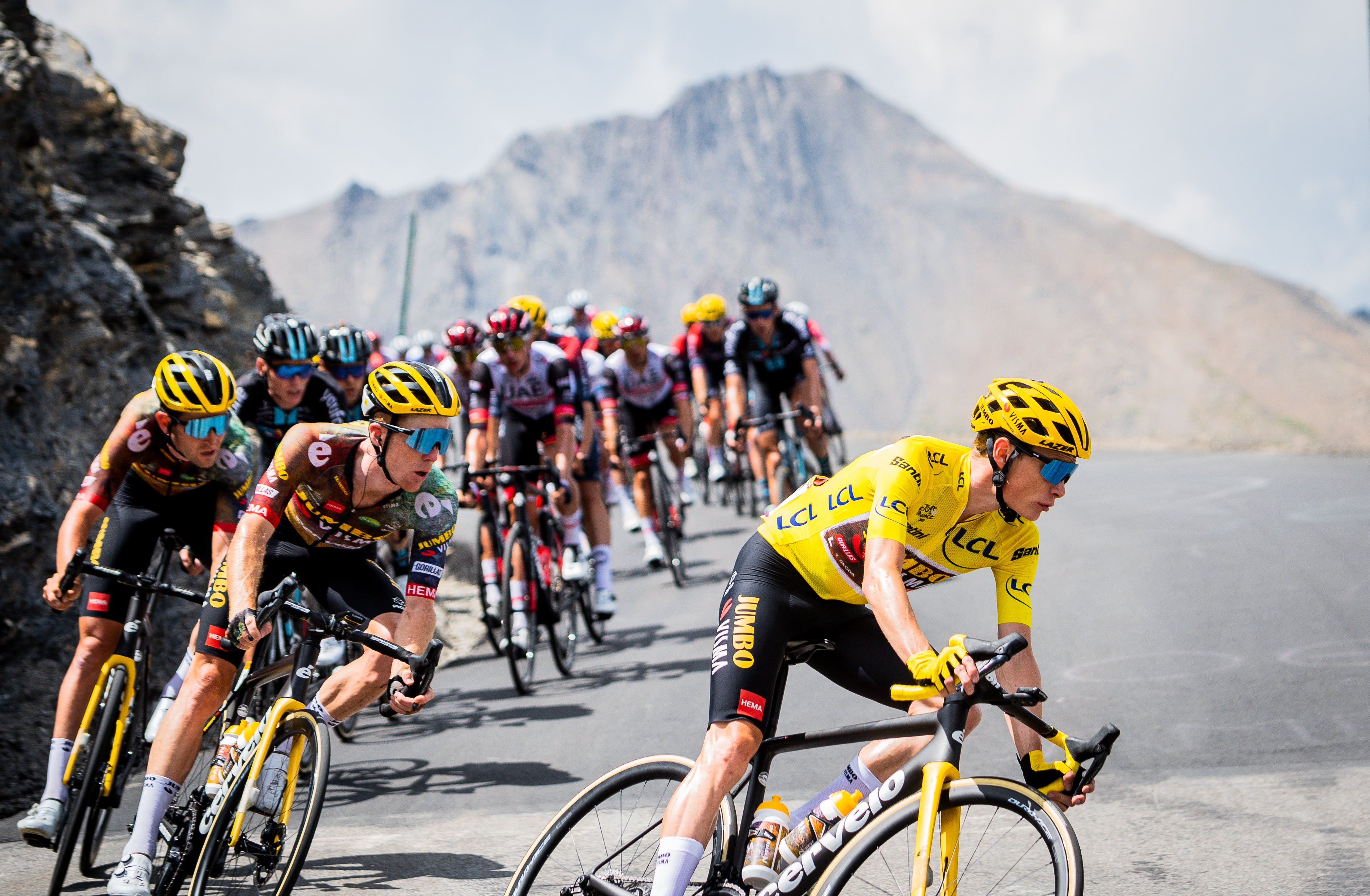How long is the Tour de France?
The Tour de France has changed dramatically since the first edition in 1903. We examine how the length and speed of the Tour de France has evolved with time
The Tour de France is the world's biggest bike race and the leading event in the men's professional cycling calendar. Riders strive their whole careers to win stages, or even to just start and finish the race.
The 2023 Tour de France follows a standard formula of 21 stages, with a mixture of flat, hilly, and mountainous days. The difference in this edition though is that the Tour begins in the Basque Country with three stages before moving back to France.
With two rest days in the three weeks, this year's edition is back to the usual 23 days. Unlike last year, which saw an additional travel day between Denmark and France. The Tour begins on Saturday July 1, 2023 and ends in Paris on Sunday July 24, 2023.
How far is the 2023 Tour de France in kilometres and miles?
This 110th edition of the Tour de France covers a total distance of 3,405.6km, or 2,116 miles, making it the second longest of the three Grand Tours in 2023, with the Giro d’Italia the longest at 3,448km and the Vuelta a España is the shortest at 3153.8km).
This Tour de France is longer than last year’s edition, which totalled 3,328km. The first three editions of the race totalled less than 3000km but were spread across just six gruelling stages. Following that, the Tour tended to be much longer, covering distances in excess of 5000km in the 1920s and regularly exceeding 4000km right up until the 1980s, when distances began to be reduced.
Now the race has found a happy medium – incorporating a variety of distances over the course of the three weeks that make for exciting and unpredictable racing, but remain within the capabilities of the modern peloton.
 The challenges that face the riders throughout the 21 stages of a Grand Tour come in myriad shapes and sizes. This year, the race begins in the Basque Country in the city of Bilbao, with a 182km hilly stage. The opening stage to this year's edition will be a chance for the puncheurs to secure an early victory ahead of the mountain that lie ahead. Looking to challenge the riders from the get-go, the second stage of this year's Tour is the longest at 209km – only one of two 200km plus stages. The final Basque stage will be for the sprinters as they make their way from Amorebieta-Etxano to Bayonne.
The challenges that face the riders throughout the 21 stages of a Grand Tour come in myriad shapes and sizes. This year, the race begins in the Basque Country in the city of Bilbao, with a 182km hilly stage. The opening stage to this year's edition will be a chance for the puncheurs to secure an early victory ahead of the mountain that lie ahead. Looking to challenge the riders from the get-go, the second stage of this year's Tour is the longest at 209km – only one of two 200km plus stages. The final Basque stage will be for the sprinters as they make their way from Amorebieta-Etxano to Bayonne.
The race then travels to France for the remaining stages, and the riders will face a record-breaking 30 climbs in this year's edition. The route takes France's most iconic mountain ranges, including the Alps, the Pyrenees and the Jura mountains, via the Massif Central. The highest altitude reached by the riders will be 2,304m, atop the Col de la Loze, which they will have to summit near the end of stage 17.
Compared to the 2022 edition, this year's route holds little surprise for the riders, with no cobbles, dirt tracks or team time trials. Instead, it is all about the mountains, broken up by one individual time trial, which is a 22.4km stage featuring a category two climb at 9.4%.
Tour de France distance over previous ten editions
- Tour de France 2023: 3,405 kilometres / 2,116 miles
- Tour de France 2022: 3,328 kilometres / 2,068 miles
- Tour de France 2021: 3,414 kilometres / 2,122 miles
- Tour de France 2020: 3,484 kilometres / 2,165 miles
- Tour de France 2019: 3,366 kilometres / 2,091 miles
- Tour de France 2018: 3,351 kilometres / 2,082 miles
- Tour de France 2017: 3,540 kilometres / 2,200 miles
- Tour de France 2016: 3,529 kilometres / 2,193 miles
- Tour de France 2015: 3,360 kilometres / 2,088 miles
- Tour de France 2014: 3,661 kilometres / 2,275 miles
- Tour de France 2013: 3,404 kilometres / 2,115 miles






























